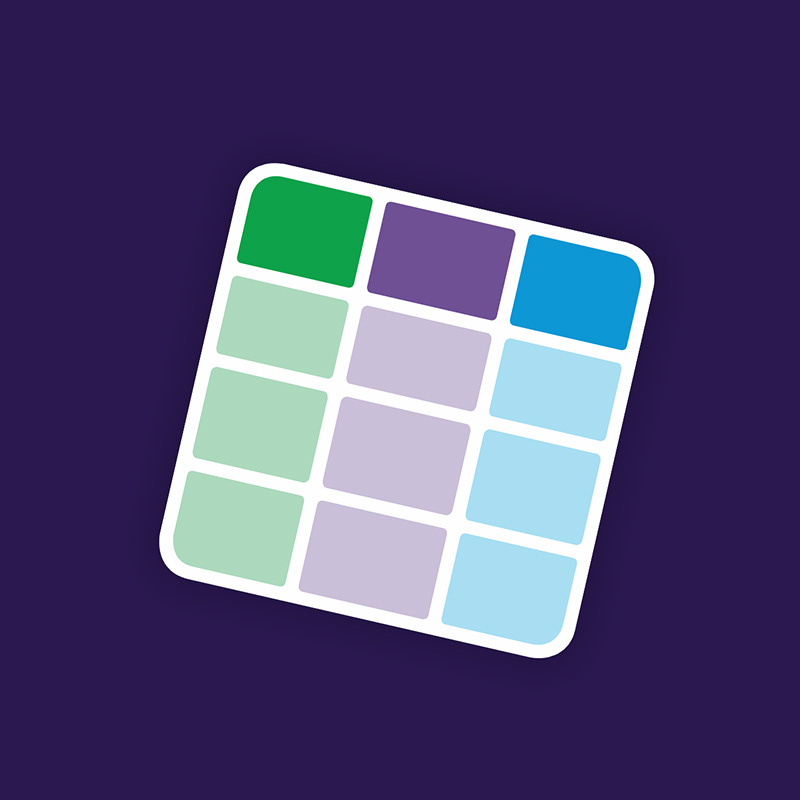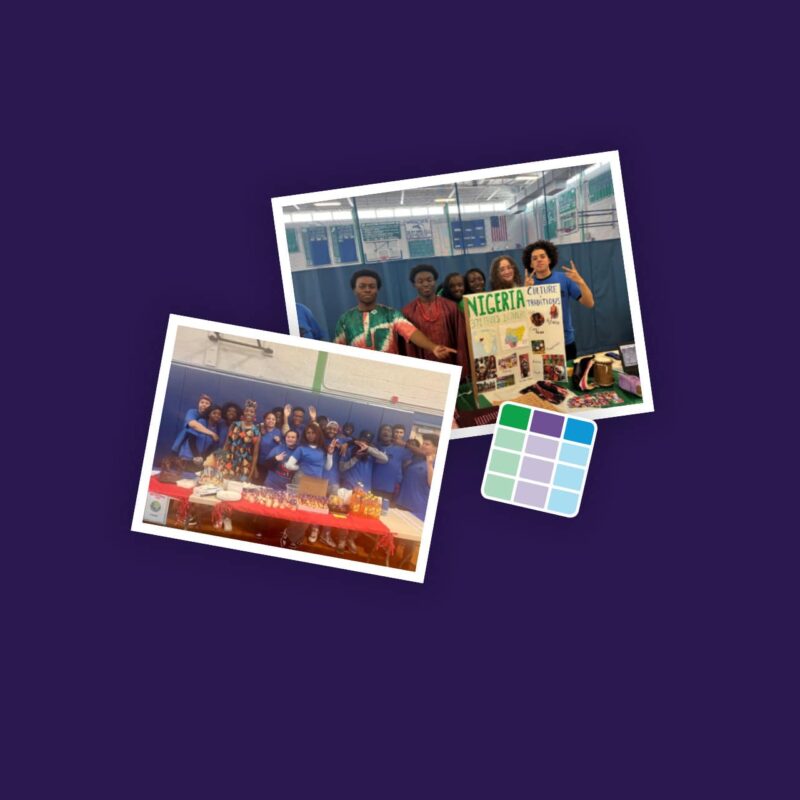Introduction
In partnership with the Massachusetts Department of Elementary and Secondary Education (DESE), CAST collaborated with nine school districts across the state through the CTE Equitable Access Grant (Fund 427). This initiative aimed to build school and district capacity to address issues of access in Career and Technical Education (CTE), with a focus on including students with disabilities, multilingual learners, and students of color.
CAST worked side by side with districts to identify barriers, elevate student voice, and co-design inclusive practices that improve belonging and opportunity for all learners. This impact story describes the outcomes and application of UDL in one of these districts.
“The positive feedback from staff has been overwhelming, with many teachers commenting that CAST’s session gave them both the confidence and concrete tools to meaningfully integrate (AI) while keeping accessibility and inclusion at the forefront.” Blue Hills Curriculum Administrator
Opportunity
Blue Hills Regional Technical School (BHR) serves a diverse student population but faced a persistent challenge: students from historically marginalized backgrounds often reported feeling disconnected from school culture. A 2023 Equity Audit revealed several barriers, including:
- Limited visibility and celebration of cultural heritage
- Low participation of male students in leadership roles
- Challenges engaging CTE educators in equity-focused initiatives
These findings highlighted an urgent need to strengthen belonging, elevate student identities and voices, and better connect faculty across academic and vocational programs.
75
Individual events (team coaching, workshops, state-wide convenings, and small-group trainings)
500+
Educators & administrators
20
Engagements with Blue Hills throughout the school year
Process: Collaboration with BELONG@BHR Team
With CAST’s help, the BELONG@BHR team led a year-long initiative focused on fostering inclusion and equity across the school community.
In addition to providing regular virtual coaching sessions to BHR educators, CAST provided technical assistance on Universal Design for Learning (UDL), and offered targeted resources. Activities CAST supported included:
- Hosting cultural fairs, monthly celebration events, and club showcases to increase visibility and representation of student identities.
- Leveraging CAST’s Guidance on Data Collection and Inquiry to help teams move beyond compliance-driven metrics and instead explore equity-centered insights about enrollment, belonging, and student success.
- Working intentionally to include CTE educators in data conversations and belonging initiatives, helping bridge the gap between academic and vocational programs.

UDL Move
UDL Guidelines, Consideration 4.1: Vary and honor the methods for response, navigation, and movement
At Blue Hills, one of the most powerful steps toward barrier free access was the creation of the “Dear Blue Hills” survey. This wasn’t just another questionnaire—it was designed through a UDL lens to give students multiple ways to share their voices. Some wrote long reflections, others submitted quick notes, and still others used digital tools to record audio or video responses. By varying and honoring the methods for response, navigation, and movement, the survey removed barriers that often silence learners. Educators, in turn, could connect the data across formats to build a fuller picture of student experiences. This approach not only elevated student identity and belonging but also modeled how intentional survey design can embody UDL principles, ensuring every learner has a meaningful way to respond.
Results
By the end of the grant period, BHR had taken meaningful steps toward transforming school culture and addressing barriers. Key outcomes included:
- Elevated Student Voice: Through the Dear Blue Hills survey and cultural events, students felt their identities and contributions were increasingly seen and celebrated.
- Expanded Belonging Initiatives: The BELONG@BHR team created new spaces for connection, from cultural fairs to monthly heritage celebrations.
- Deeper Faculty Collaboration: Academic and vocational silos began to break down as educators participated in shared events and dialogues, including a joint AI & UDL in-person training.
- Enhanced Data Capacity: With CAST’s guidance, BHR developed tools and processes to analyze equity-related data in more meaningful, actionable ways.
Alignment and Sustainability
Perhaps most significantly, the project sparked an ongoing partnership. Recognizing the power of combining UDL principles with innovative instructional practices, Blue Hills invited CAST back to campus for a full-day summer training for both CTE and non-CTE educators. This session focused on how teachers can integrate AI tools and UDL strategies to design lessons that remove barriers for learners while personalizing learning experiences for diverse student needs.
Interested in partnering with CAST?
Complete our contact form to find out how we can support your school or district’s CTE program.


